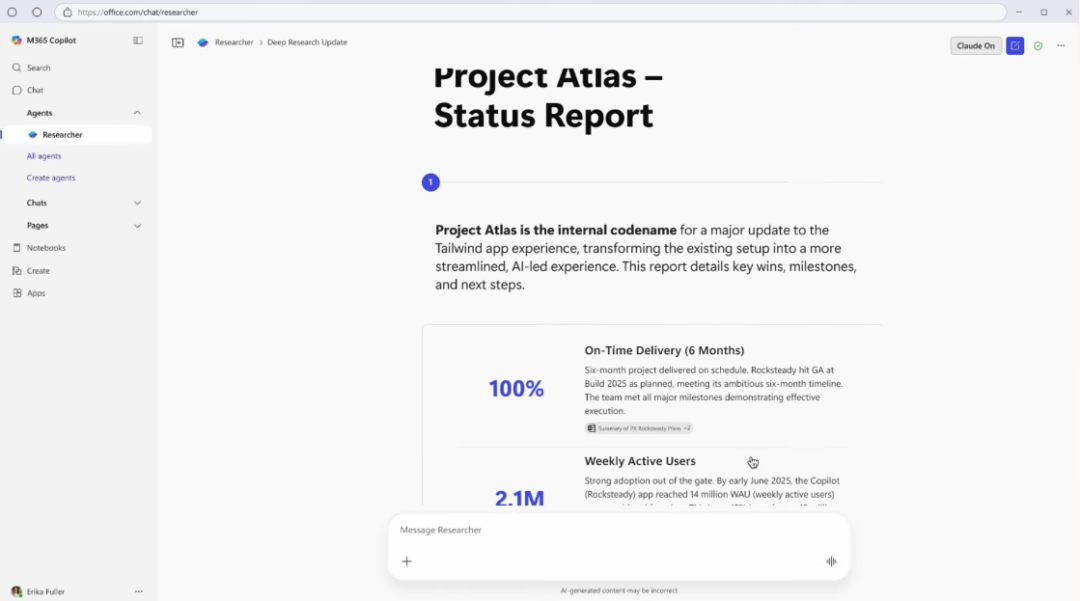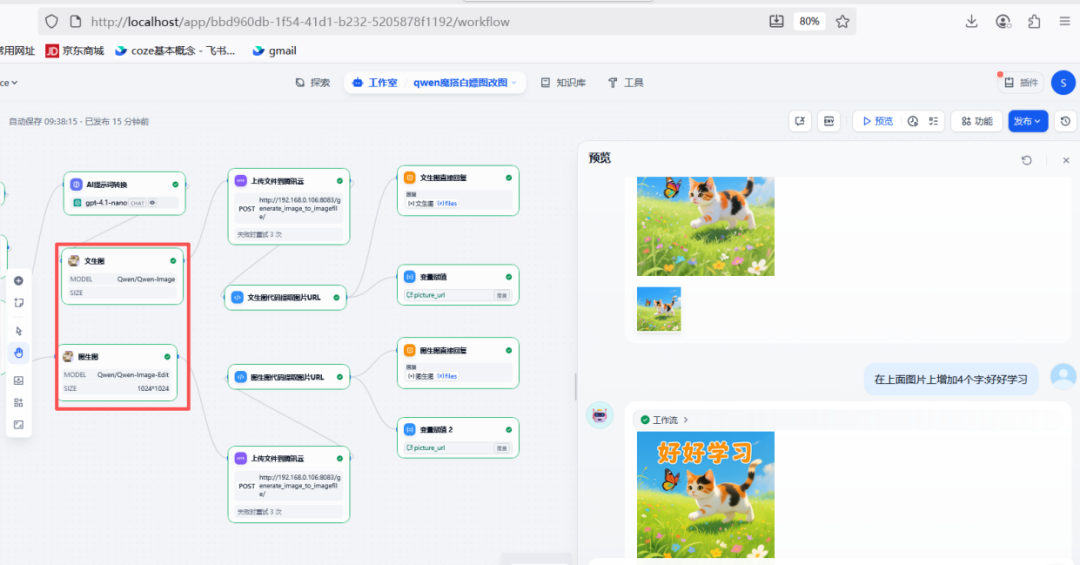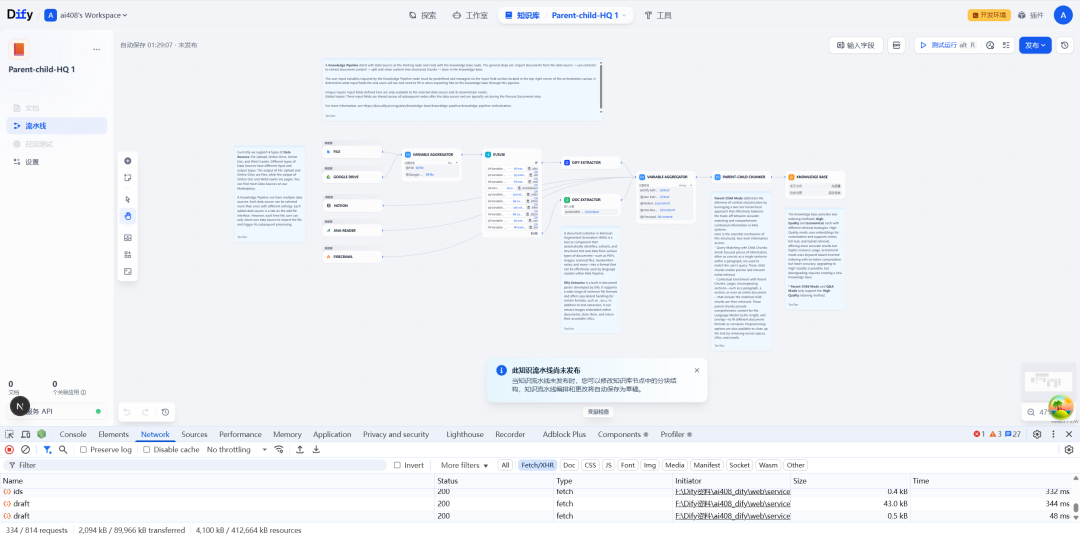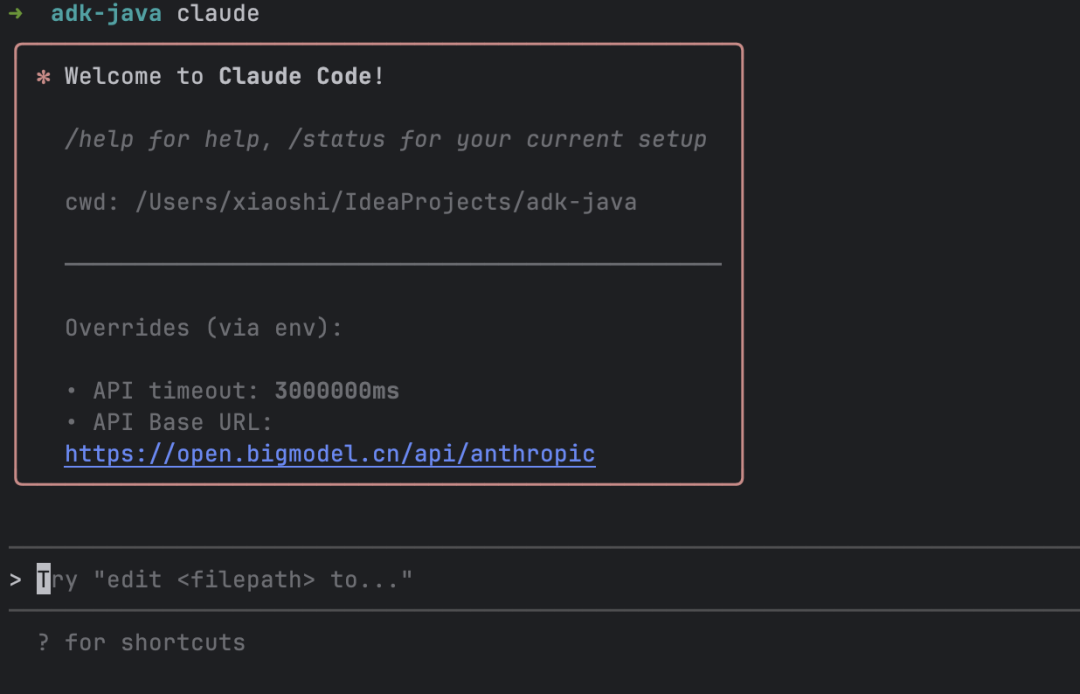3D Printing Quality Improvement Tips
Multi-dimensional synergistic optimization is required to achieve the best printing results:
- Model preprocessing
Before exporting an STL file, be sure to enable the platform's"Automatic repair of grids"feature (check the Repair option in the Settings panel), which eliminates the problem of non-flowing edges and holes in 95% and above. - Slicing Parameter Configuration
Professional advice is given for different materials:
- PLA material: layer thickness 0.12mm, printing speed 50mm/s, enabled"Dynamic crossing of the line"functionality
- Resin material: bottom layer exposure 35s, normal layer exposure 8s, 20μm resolution recommended - Support Structure Strategy
For overhanging areas such as the chin and ears, it is recommended to use the"Tree support"(Cura 4.8+ version), the support density is set to 8%, and the contact Z distance is adjusted to 0.15mm for easy post-cleaning. - Post-processing techniques
After printing is complete:
1. Initial sanding with 400-600 grit sandpaper
2. Application of XTC-3D coating to fill laminations
3. Acrylic hand painting to enhance facial features
4. Final spraying of matt protective lacquer
Advanced Solution: Consider using two-color printing, using different color materials for the base and the head portion to enhance the artistic expression.
This answer comes from the article3D Bust Maker: Generating 3D Printed Busts from a Single PhotoThe

































